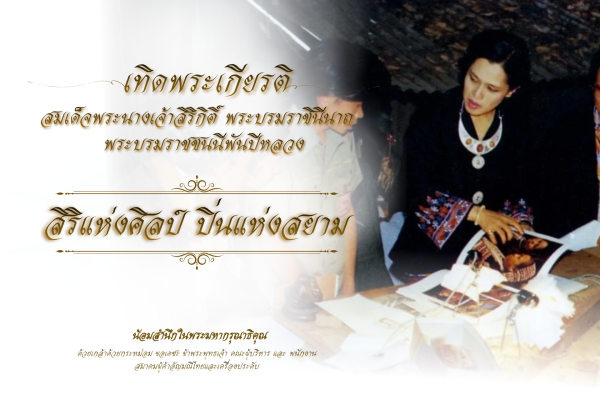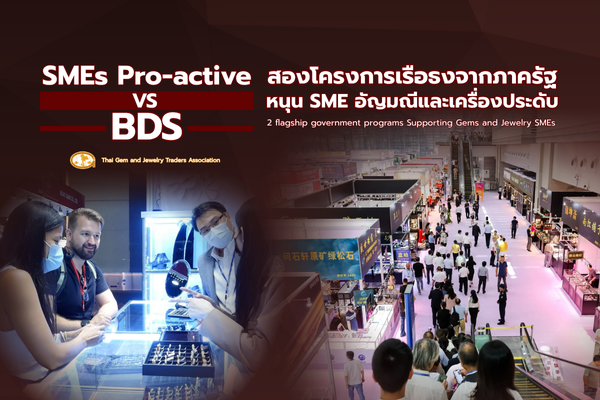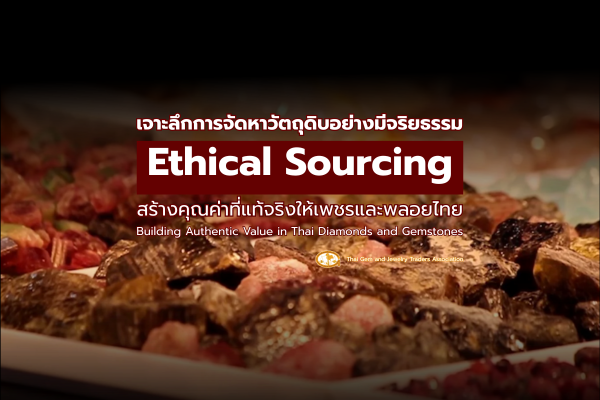

.png)
In a gem and jewelry industry driven by beauty and innovation, technology has become an essential tool for unlocking a gemstone's fullest potential. But what are these technologies, and what should traders and consumers understand about them? The Thai Gem and Jewelry Traders Association (TGJTA) presents this in-depth guide to "Gemstone Treatment," covering fundamental concepts, leading technologies, and the vital ethical principles that form the heart of transparency and sustainability in our industry.
"Treatment," or gemstone enhancement, refers to any human-initiated process beyond cutting and polishing that improves a gem's characteristics, such as its Color, Clarity, or Durability. As naturally beautiful gemstones are not abundant enough to meet market demand, and flawless natural gems are exceptionally rare and valuable, treatments play two crucial roles:
To Enhance Beauty: Treatments can reveal a gem's hidden beauty, making a sapphire's blue more vivid or reducing the visibility of inclusions in an emerald.
To Increase Supply: They make beautiful gemstones more accessible to a wider audience at more reasonable price points.
While numerous treatment methods exist, the following are widely accepted and prevalent in the industry.
This is one of the oldest and most common enhancement methods. It involves heating a gemstone to a controlled temperature to improve its color and/or clarity.
Commonly Treated Gems: Ruby, Sapphire, Zircon, Aquamarine, Tanzanite.
Advantages: The results are stable and permanent, making it a widely accepted practice in the global market.
Considerations: Some gemstones can be sensitive to high temperatures and may fracture if not handled by a skilled expert. Excessive heat can also damage the stone.
This process uses irradiation to alter a gemstone's atomic structure, thereby changing its color. It is often followed by a heat treatment to stabilize the new color.
Commonly Treated Gems: Topaz (especially to create Blue Topaz), Tourmaline, Fancy-Color Diamonds.
Advantages: It can produce stunning and rare colors that are seldom found in nature.
Considerations: Post-irradiation, gems must be stored for a mandated "cool-down" period to ensure any residual radioactivity decays to a level that is completely safe for the wearer. This is a strict international standard, and sellers are ethically and legally required to disclose this treatment.
This process involves applying a thin layer of chemicals to the surface of a gemstone to improve or change its color, often used on gems with surface-reaching fractures.
Commonly Treated Gems: Topaz (e.g., Mystic Topaz).
Advantages: It provides a beautiful aesthetic enhancement at a relatively low cost.
Considerations: Coatings are not permanent and can be worn away or damaged through regular wear, scratching, or exposure to chemicals. They require special care.
Transparency is the bedrock of trust in the gem and jewelry business. The world's leading gemological institutions, such as the GIA (Gemological Institute of America), and industry bodies all champion the same core principle: Disclosure.
Provide Full Disclosure: Sellers have a duty to clearly inform the buyer about any treatments a gemstone has undergone.
Document Clearly: Treatments should be explicitly stated on invoices, warranties, and Gemstone Reports.
Offer Proper Care Instructions: Provide guidance on how to care for treated gems, especially for non-permanent treatments like coating.
Always Ask the Question: Always ask the seller, "Is this gemstone treated, and by what method?"
Request Certification: For significant purchases, request a report from a reputable gemological laboratory, which will detail any detected treatments.
Understand the Implications: Inquire how the treatment affects the gem's value, durability, and any special care requirements.
Gemstone treatment is not a deception; it is an innovation that adds value and beauty to natural resources. As long as all parties in the industry adhere to the principles of honesty and full disclosure, we can build consumer confidence and drive the Thai gem and jewelry industry forward sustainably on the global stage.

สมาคมผู้ค้าอัญมณีไทยและเครื่องประดับ ขอน้อมรำลึกถึงพระมหากรุณาธิคุณอันหาที่สุดมิได้ของ สมเด็จพระนางเจ้าสิริกิติ์ พระบรมราชินีนาถ พระบรมราชชนนีพันปีหลวง ที่ทรงมีต่ออุตสาหกรรมอัญมณีและเครื่องประดับไทย

In an era of high competition in the gems and jewelry market, accessing tools and funding to develop potential and expand markets is crucial for growth. The SMEs Pro-active and BDS projects are two flagship government programs that act as key assistants f

Today, a gem's value is measured not only by its external appearance but also by its pure and transparent origin story. Ethical Sourcing has emerged as a critical new standard, guaranteeing that every diamond and gemstone we trade does not originate from